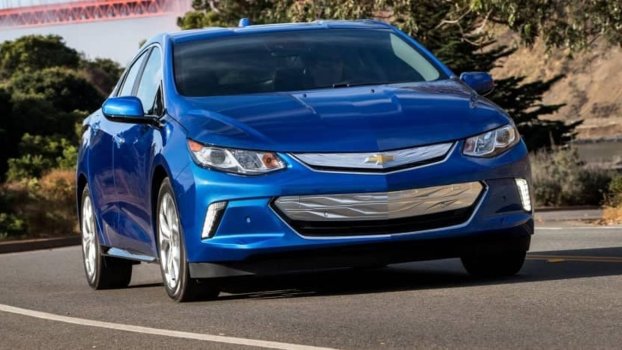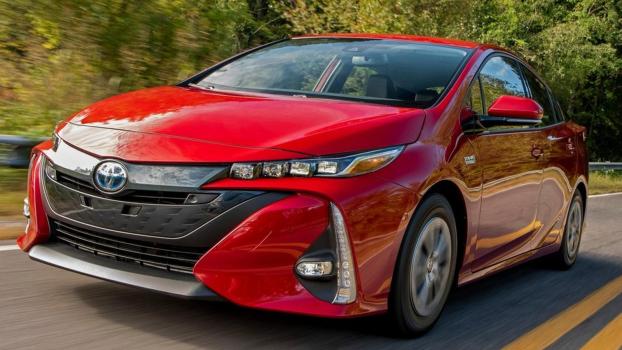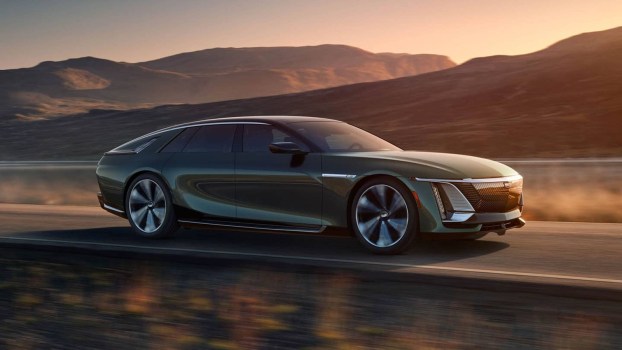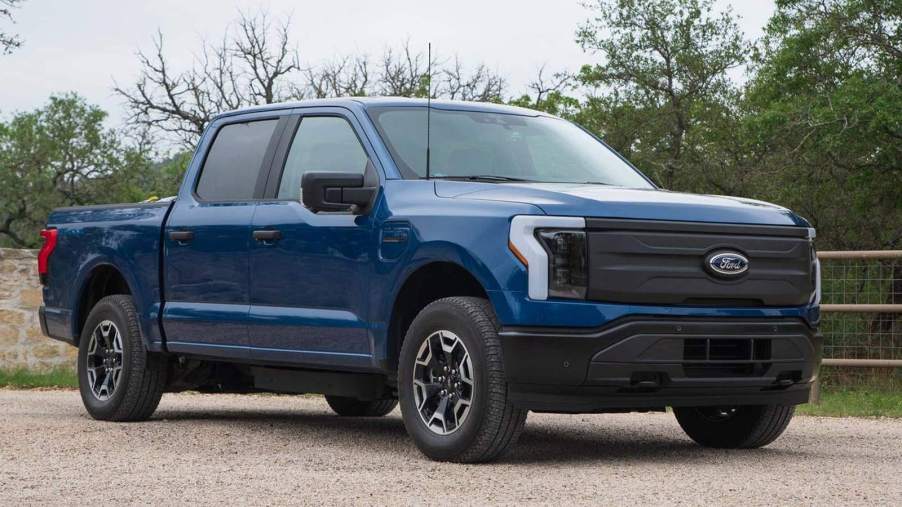
Electric Vehicle Sales Hit One Million Milestone in 2023, but Why the Sudden Slowdown?
Early electric vehicle customers found the romance and luster of their new EVs in the impressive acceleration and convenience of home charging. Unfortunately, when EV batteries face cold weather and climate issues and don’t achieve quoted driving ranges, that luster wears off.
Who’s to blame for range anxiety?
When the subject is electric vehicles, range anxiety is a real thing. This term sounds like a psychological disorder that drivers must overcome, but the reality is much different. Electric vehicle batteries are temperamental in cold weather, electric trucks lose significant driving range while towing a trailer, and automakers suggest EV owners should never use 100% of the quoted driving range.
The New York Times provides an example of how much EV driving range can reduce during cold weather. One Ford F-150 Lightning owner, Michael Puglia, experienced his truck losing 73 miles of range after only driving 35 miles in the cold. Another 60-mile trip cost him 110 miles of driving range.
In addition to cold weather driving challenges, most automakers suggest EV owners only utilize up to 80% of their driving range. These large batteries perform better when charged to no more than 90% of the full range and should recharge when the range drops to 10%. This means a vehicle quoted with a 300-mile driving range should only drive only 240 miles between charges.
These challenges put the “range anxiety” problem squarely on the shoulders of automakers.
Electric vehicle sales rose and dropped in 2023
Sales of electric vehicles rose 46 percent last year, marking a landmark one million vehicles for the first time in history. With EVs making up more than 7% of all new light vehicle sales, it seemed nothing could stop EV growth.
The final three months of 2023 told a different story, with EV sales slowing significantly. The early adopters had their EVs, but the rest of the market, interested in potentially buying new electric vehicles, took a more cautious approach. This caused many automakers to step back, and EVs like the Ford F-150 Lightning slowed and never reached annual sales goals.
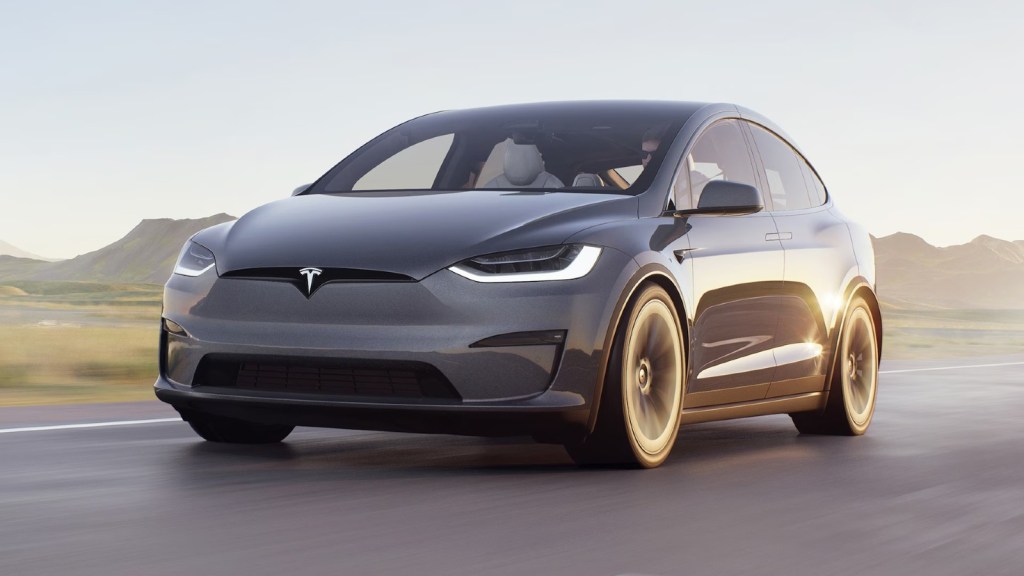
What’s causing the slow in EV popularity and sales?
The New York Times offers a few insights regarding slowed sales, including:
- The hot market has cooled off
- EVs make up less than 1,000 of the heavy-duty trucks on the road
- Hybrids and PHEVs are becoming more popular
- Freezing temperatures cause serious concerns
The EV market isn’t moving fast enough
Many automakers expected to capitalize on the instant popularity of electric vehicles. Some missed the market surge and will have to wait for the next wave. Many of the issues facing this market, which causes more cautious buyers to wait, include:
- Charging station to gas station ratio (61,000 : 145,000)
- Driving range issues when towing and in cold weather
- Higher EV prices, despite tax breaks and incentives
- Newness of the industry
Consumers slowly moved away from horse-drawn carriages to automobiles when early internal combustion engines were created more than a century ago. Certainly, EVs will see sales growth in the coming years. It will take better battery technology, more affordable prices, and more useful driving ranges to make growth happen.
